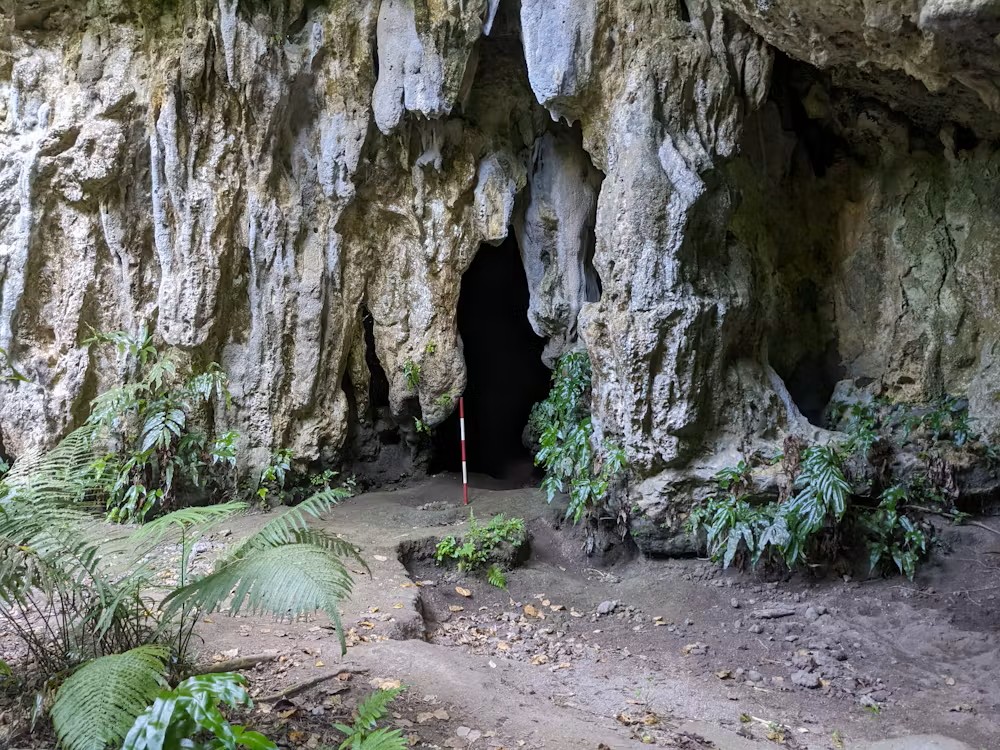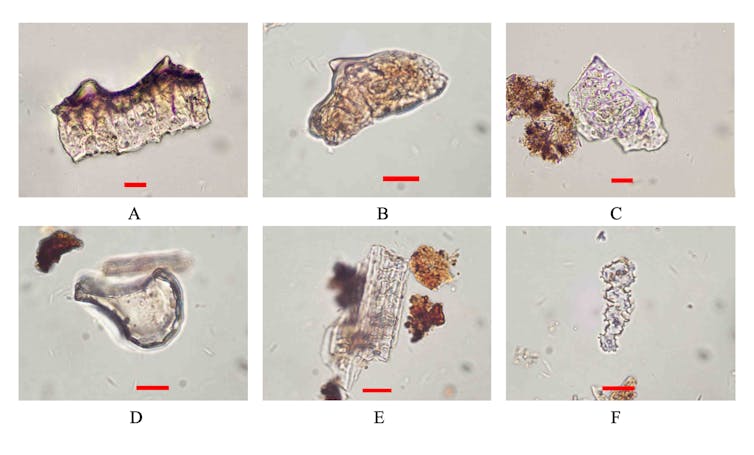
Ritidian beach, Guam. Image: Hsiao-chun Hung
In a new study published today in Science Advances, my colleagues and I have uncovered the earliest evidence of rice in the Pacific Islands – at an ancient cave site on Guam in the Mariana Islands of western Micronesia.
The domesticated rice was transported by the first islanders, who sailed 2,300 kilometres of open ocean from the Philippines about 3,500 years ago.
The discovery settles long-standing academic debates and satisfies decades of curiosity about the origins and lifestyles of early Pacific peoples.
The case of the Marianas, located more than 2,000km east of the Philippines and northeast of Indonesia, is especially intriguing. These islands were the first places in Remote Oceania reached by anyone, in this case inhabited for the first time by Malayo-Polynesian-speaking populations from islands in Southeast Asia.
For nearly two decades, scholars debated the timing and the overseas source of these first islanders, the ancestors of today’s Chamorro people. How did they come to Guam and the Marianas?
Archaeological research has confirmed settlement in the Mariana Islands 3,500 years ago at several sites in Guam, Tinian and Saipan.
In 2020, the first ancient DNA analysis from Guam confirmed what archaeology and linguistics had suggested: the early settlers came from central or northern Philippines. Further ancestral links trace them back to Taiwan, the homeland of both their language and their genetics.




